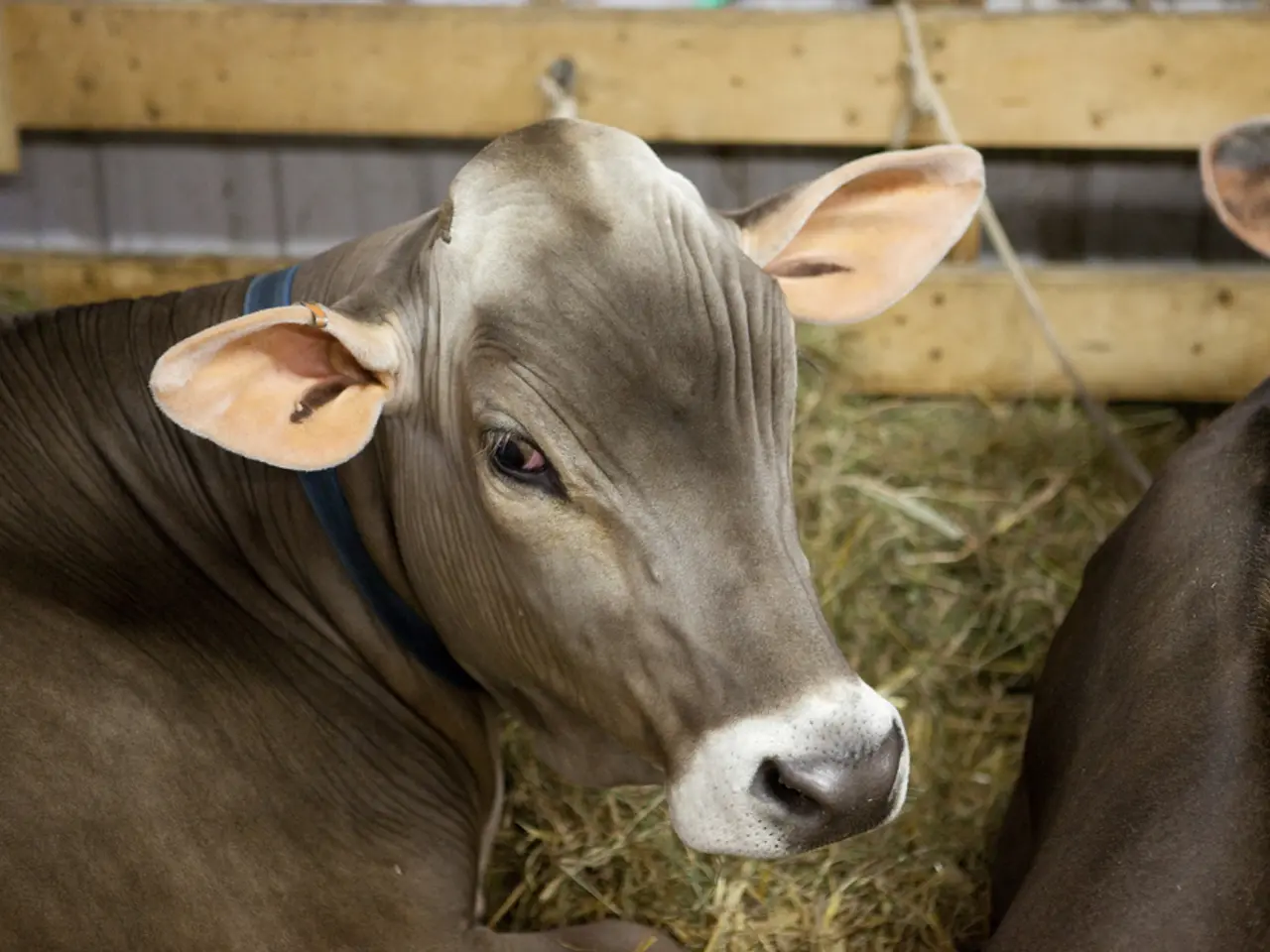Unacknowledged illness afflicting a majority of farmers
In the critical transition phase leading up to and following calving, dairy cows are particularly at risk due to metabolic stress, heat stress, feed problems, or vitamin deficiencies. This period, often overlooked, is a central risk window as many symptoms remain subclinical and undetected for a long time.
The article, titled "Invisible Performance Killer" and published on our website Rind 08/2025, delves deeper into effective measures for managing oxidative stress in dairy cows in a daily routine. Oxidative stress, caused by an imbalance between harmful free radicals and the body's own protective mechanisms, could be a crucial yet overlooked factor in decreased milk production, poor fertility, and increased susceptibility to diseases in dairy cows.
The article provides a guide on managing oxidative stress in dairy cows, offering insights into preventive measures that are truly effective in minimizing the risk. These measures include:
- Optimisation of Feeding Pre- and Post-Calving
- Supplementing with antioxidants such as Vitamin E, Selen, Beta-Carotene, and Vitamin C, particularly in dry cow feed, has been shown to significantly strengthen the body's own antioxidative capacity.
- Utilising valuable fibres and special feed additives can promote the adaptation of the rumen flora and reduce the production of ketone bodies.
- Ensuring a balanced intake of potassium, calcium, and magnesium can help prevent metabolic disorders such as post-calving problems or milk fever.
- Stress Management
- A calm, clean, and well-ventilated stall environment, free from sudden changes, reduces stress and thus oxidative stress.
- Minimising group rearrangements and hierarchical disputes, especially close to calving, is beneficial.
- Gentle handling, with minimal noise, quiet milking times, and careful herding, can help maintain a stress-free environment.
- Control of Inflammations and Metabolic Disorders
- Early detection and treatment of diseases such as mastitis, ketosis, milk fever, and post-calving problems is crucial.
- The use of anti-inflammatory drugs, such as non-steroidal anti-inflammatory drugs (NSAIDs) after calving, can help control inflammatory reactions.
- Regular monitoring of the cow's body condition can help prevent over- or underfeeding, which can lead to metabolic disorders.
- Hygiene and Health Management
- Maintaining clean calving areas can help reduce the risk of infections that can exacerbate oxidative stress.
- Ensuring hygienic milking and euter control can minimise the risk of mastitis.
- Vaccination against common pathogens, such as rotaviruses and coronaviruses during calving, can help reduce infection pressure.
The article is a valuable resource for anyone involved in dairy farming or cattle rearing, as oxidative stress results in cellular damage, silent inflammation, and long-term performance losses. Acting promptly can prevent serious damage in cows affected by oxidative stress. The digital edition of the article can be accessed for free on our website.
Read also:
- Peptide YY (PYY): Exploring its Role in Appetite Suppression, Intestinal Health, and Cognitive Links
- Toddler Health: Rotavirus Signs, Origins, and Potential Complications
- Digestive issues and heart discomfort: Root causes and associated health conditions
- House Infernos: Deadly Hazards Surpassing the Flames








